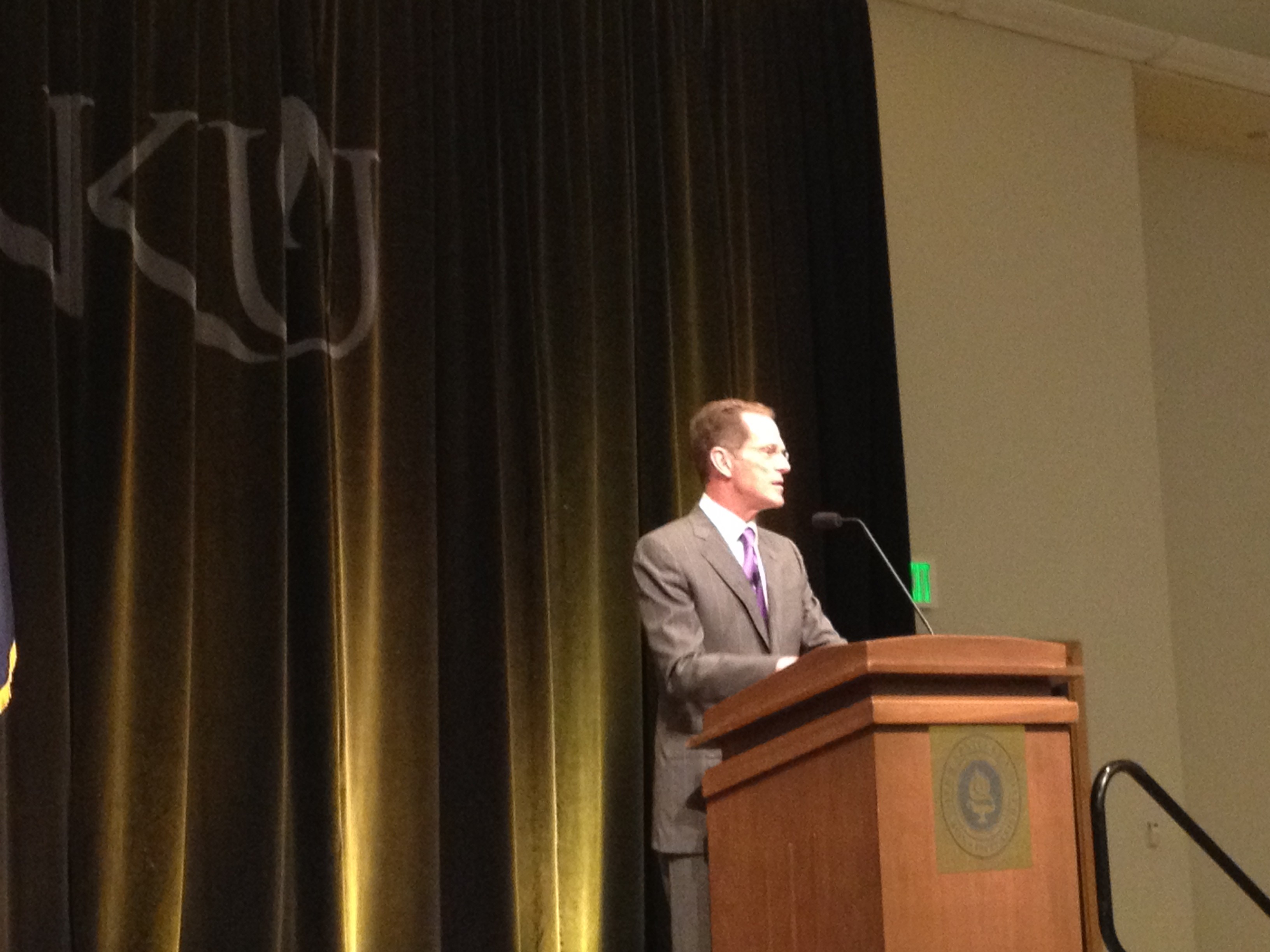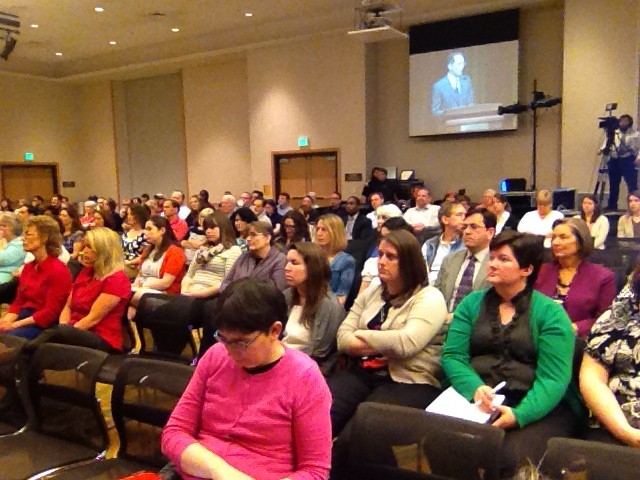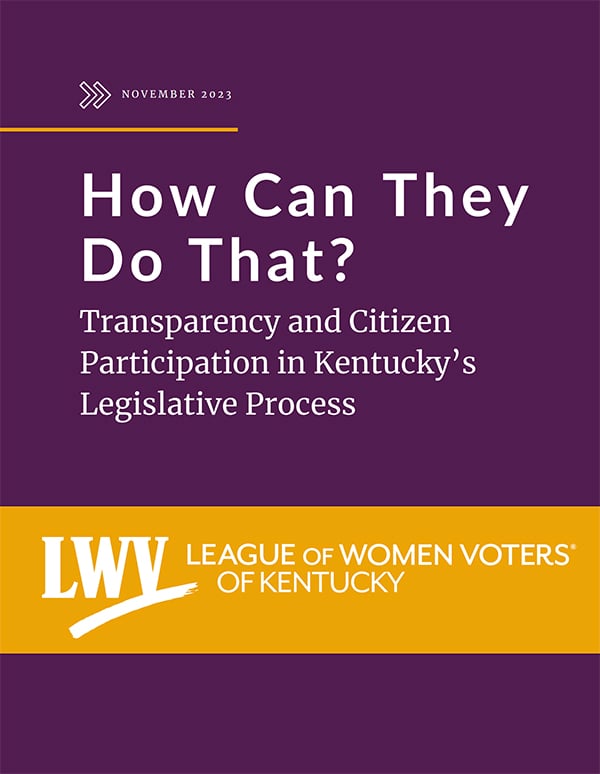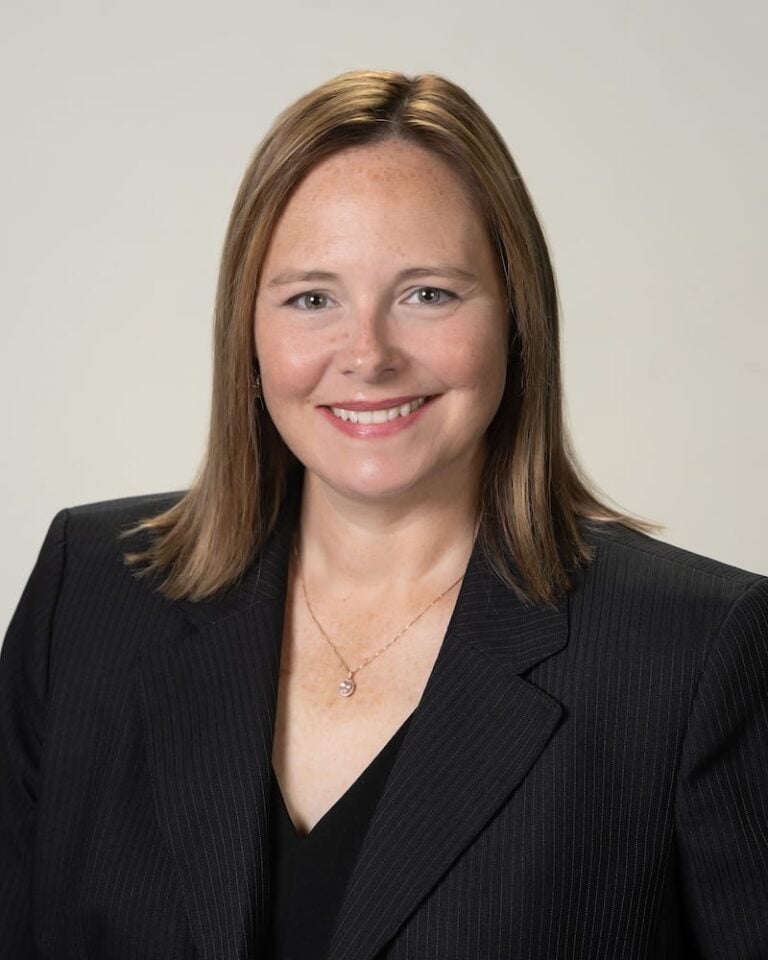By Mark Hansel
NKyTribune managing editor
An event that was billed as a budget presentation at Northern Kentucky University Monday turned out to be more of a “state of the university” report.
NKU President Geoffrey Mearns said that, while a budget presentation is a tradition at the university, the uncertainty regarding state appropriations altered that plan this year.

“I think it’s fair to say after the last three months down in Frankfort, this has been anything but a traditional or routine year, and this is anything but a typical or standard budget presentation,” Mearns said. “It’s been particularly challenging because of the protracted and contentious debate over the last three or four months down in Frankfort.”
The state budget wasn’t approved until just before midnight Friday, which Mearns said made it difficult, if not impossible, to deliver a comprehensive budget presentation Monday.
“We have for many months…been preparing various plans based on the scenarios that we were hearing about down in Frankfort,” Mearns said. “Those plans varied depending on the outcome of those negotiations.”
After consulting with the university’s Board of Regents, Mearns said he was not prepared to present all of the details or specifics of next year’s budget.
He expects to present a proposed budget to the Board of Regents in the next few weeks and hopes to be ready to deliver a presentation in 21 to 30 days.
Mearns talked instead about factors that impact the budget and the university’s two-year strategy to address the challenges faced by higher education in Kentucky.
Perhaps most significantly, he emphasized the negative impact the continued escalation in contributions to the Kentucky Employees Retirement System (KERS), the state pension, has on the budget.
“The rapid increase in KERS pension rates, simply put, just cripples our budget,” Mearns said.
Next year, NKU estimates fixed costs will increase by $4.2 million and $3.8 million of that figure is KERS pension costs, which represents a 25 percent increase.
“It wasn’t that long ago…when the pension contribution rates were in the single digits, or around 10 percent,” Mearns said. “This year, the pension contribution rate is 39 percent (and) based upon the budget that was approved last week, next year that contribution rate is going to be 48.5 (percent).”
By fiscal year 2018, it will be nearly 50 percent. In terms of dollars, the increase will grow from $15.3 million to $19.4 million in two years, without a significant increase in the number of employees participating.
The pension contribution has grown from 2 percent of the overall budget in 2010 to an estimated 10 percent next year.
Mearns also addressed the impact the decrease in state appropriations have had on the university budget in the last decade.
“That decline can’t be attributed to one political party or another,” Mearns said. “The decline in public support for higher education has been a bipartisan initiative. The simple fact is that for 20 years, as a nation, we have been disinvesting in public higher education.”
As a result of the 4.5 percent budget cut to higher education approved Friday, the state appropriation will decrease from $48.5 million in the current fiscal year to $46.4 million in FY 2016-17. The following year, however $5.1 million in state appropriations will be added, bringing the total to $51.5 million, if benchmarks are met.

“This is very good news for our institution,” Mearns said.
Mearns credited the university community for putting pressure on the General Assembly to address the funding issue. He said the response to his plea for university supporters to contact the governor’s office and state legislators resulted in 4,300 emails being sent to elected officials in Frankfort.
Mearns addressed enrollment and retention, pointing out that enrollment has declined about three percent since peaking in 2010, which is consistent with the national average.
He also talked about an increased focus on diversity in the university community and the decision to consider selling WNKU, which has operated with an average annual subsidy of $692,000 for the last seven years.
Mearns said the budget strategy in coming weeks will be to set tuition rates at a Board of Regents meeting scheduled for April 27, and finalize the FY 2016-17 budget plan by late April or early May.
The budget recommendations will be presented to the Board of Regents by mid-May and the university will work to implement cost savings generated from public forums and input from the campus community.
The implementation of the new budget model will be phased in throughout the 2016-17 fiscal year.
Contact Mark Hansel at mark.hansel@nkytrib.com





















